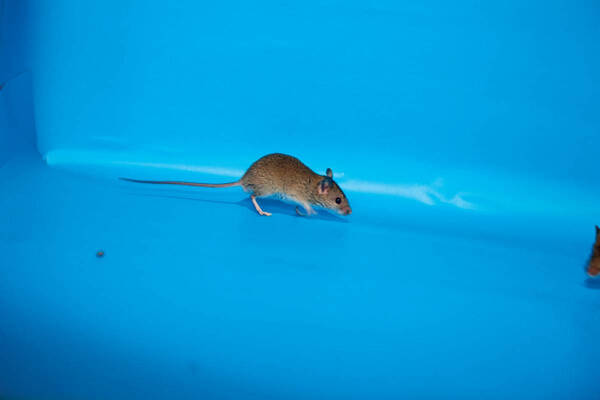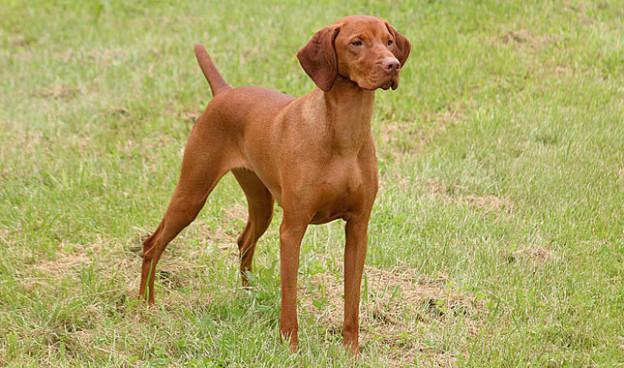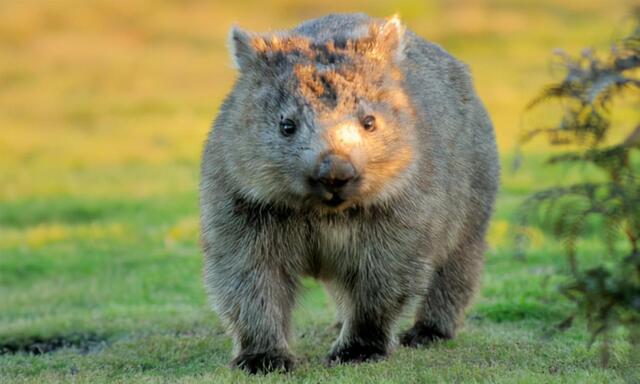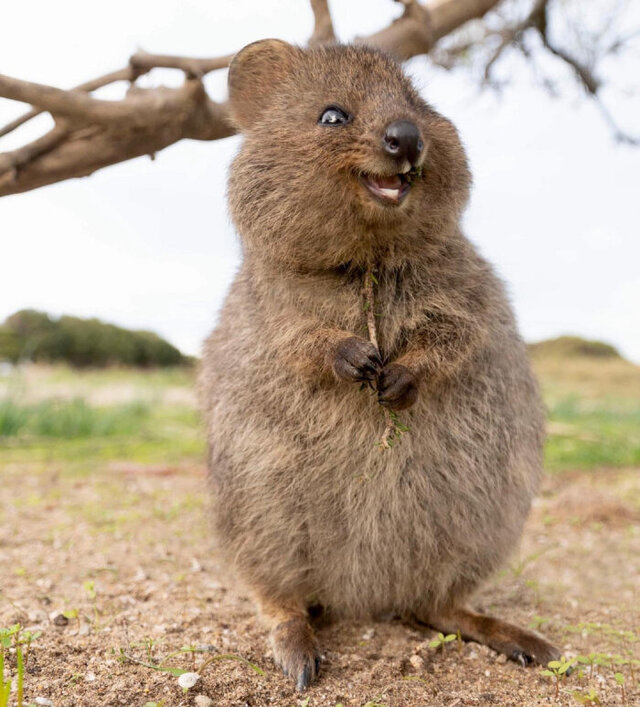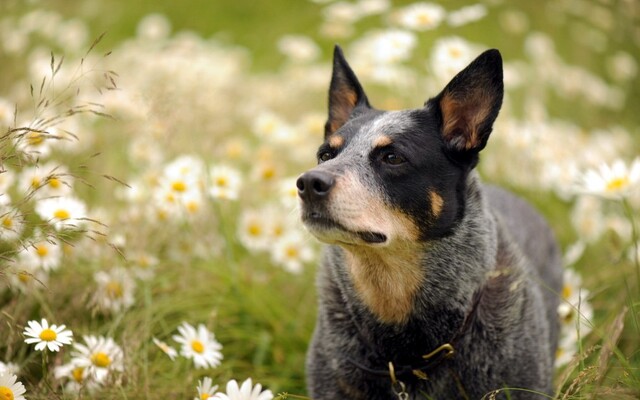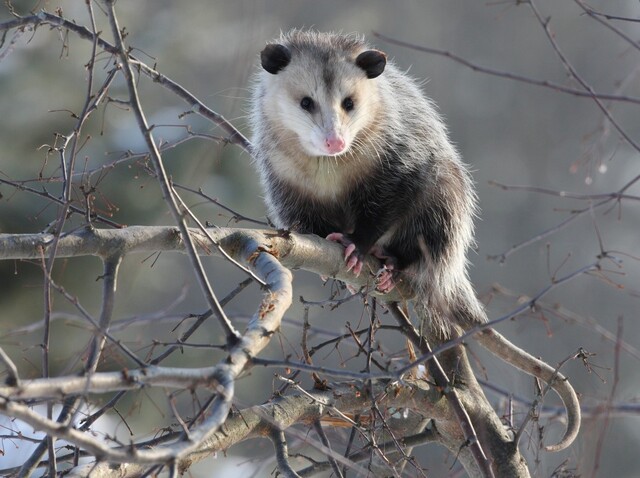Mus caroli
IUCN
LCBasic Information
Scientific classification
- name:Mus caroli
- Scientific Name:Mus caroli,Ryukyu house mouse, field mouse, moon mouse, Taiwan house mouse
- Outline:Rodents
- Family:Rodentia Muridae Rattus
Vital signs
- length:70-92mm
- Weight:
- lifetime:
Feature
The belly is light grayish white. The tail is obviously two-colored, with the back and body hair color consistent, and the belly is grayish white.
Distribution and Habitat
In China, it is distributed in Yunnan, Guangxi, Guizhou, Guangdong, Fujian, Hainan, Hong Kong and Taiwan. Abroad, it is distributed in Japan, Vietnam, Laos, Cambodia, Thailand, Sumatra and Java in Indonesia.
Castor's mouse lives in farmland, grass and bushes.
Appearance
The individual is slightly smaller than the Sikkim mouse. The body length is 70-92mm, and the tail length is slightly shorter than or equal to the body length. The ear height is 12-14mm. The hind feet are 15-18mm. The back of the body is light gray-brown to light yellow-brown, with guard hairs, which are relatively coarse and hard. The ventral surface is light gray-white. The tail is obviously bicolor, with the dorsal hair color consistent with the dorsal hair color, and the ventral surface is gray-white. The dorsal surface of the front and rear feet is gray-white. The labial surface of the incisors is dark orange. The female has 5 pairs of nipples.
Details
Castelloni's mouse belongs to the Murinae subfamily. The origin of the model is the Ryukyu Islands of Japan, so it is also called the Ryukyu House Mouse. my country is also the natural distribution area of this mouse. Unlike the house mouse, it is an alien species. Castelloni's mouse is an introduced species in the islands of Southeast Asia. There are 38 species of mice in the world, and there are 5 species in China including the introduced house mouse. The taxonomic status of Castelloni's mouse is stable. It lives in farmland, grass and bushes.

